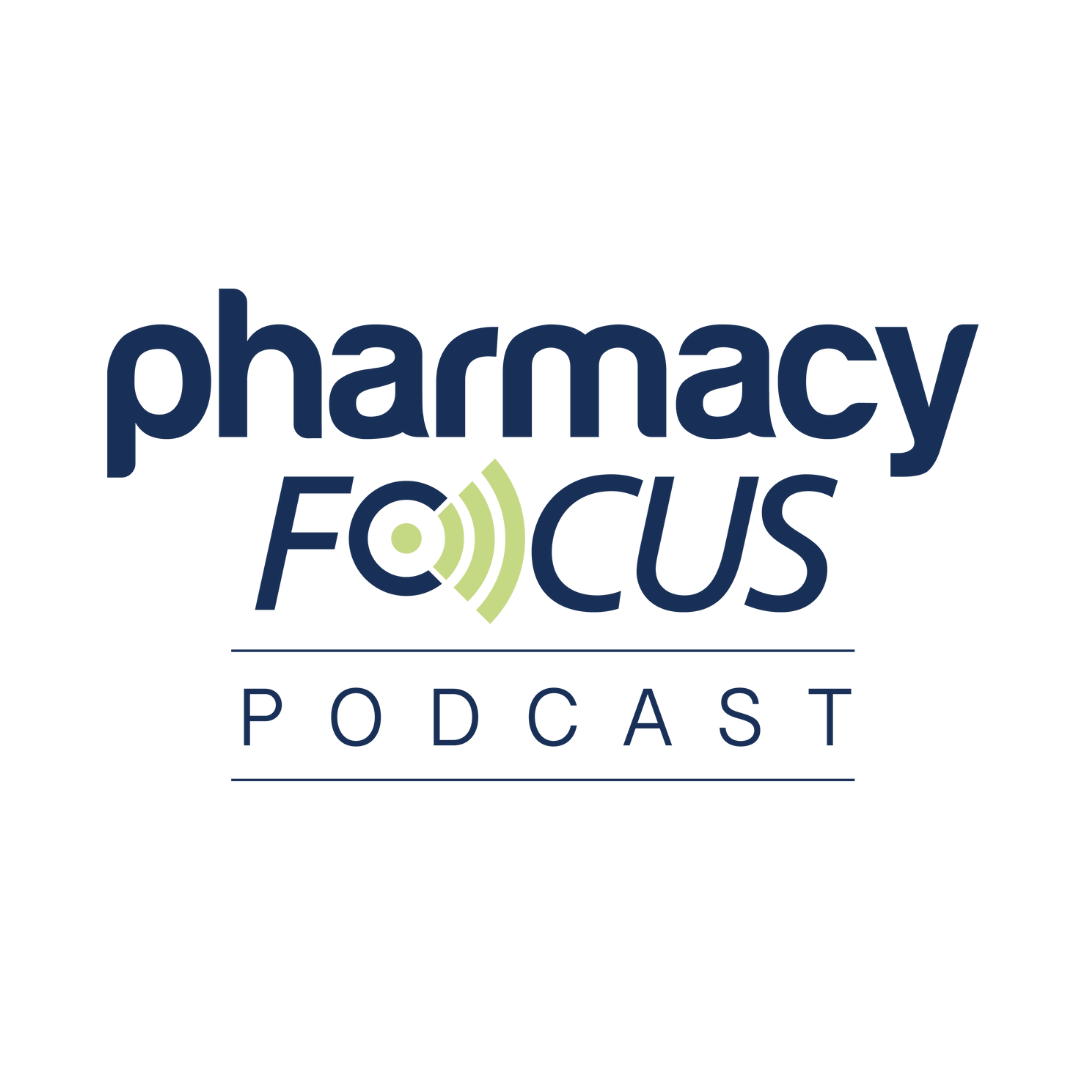
News
Article
Targeting the Integrated Stress Response Through a Platform for Antiviral Drug Discovery Against Zika, Herpes, and RSV
Author(s):
Key Takeaways
- MIT researchers identified compounds that potentiate cell death without cytotoxicity, offering potential as broad-spectrum antiviral drugs against various viruses, including RSV, herpes, and Zika.
- The compounds activate the integrated stress response (ISR) pathway, halting viral protein synthesis and enhancing the cell's ability to shut down viral replication.
- An optogenetic platform enabled high-throughput screening of 370,830 compounds, identifying nearly 3,500 with potential antiviral activity.
- Three compounds—IBX-200, IBX-202, and IBX-204—demonstrated significant antiviral activity, reducing viral load and improving symptoms without affecting uninfected cells.
New study findings conducted by researchers from the Massachusetts Institute of Technology (MIT) identified compounds that potentiate cell death without cytotoxicity across diverse cell types and stressors, which could be used as an antiviral drug that works against various viruses, including respiratory syncytial virus (RSV), herpes virus, and Zika virus. The study authors, who published their research in the journal Cell, noted that the compounds demonstrated broad-spectrum antiviral activity and plan to test the compounds against additional viruses to develop them for future clinical trials.1,2
Image credit: GOLVR | stock.adobe.com

“We’re very excited about this work, which allows us to harness the stress response of the host cells to arrive at a means to identify and develop broad-spectrum antivirals,” James Collins, professor of medical engineering and science in MIT’s Institute for Medical Engineering and Science (IMES) and Department of Biological Engineering, said in a news release.1
Compounds and Antiviral Drugs
When human cells encounter stress, such as viral infections or starvation, they activate a protective mechanism known as the integrated stress response (ISR) pathway. In the context of a viral infection, this pathway is specifically initiated by the detection of double-stranded RNA (dsRNA), a molecule that viruses generate during their replication. Upon sensing dsRNA, the cell effectively halts protein synthesis, thereby preventing the virus from manufacturing the essential proteins required for its own reproduction.1,2
The researchers believe that compounds that boost the ISR pathway could be effective candidates for antiviral drugs. To further assess this, the researchers developed a new optogenetic platform designed to identify compounds that can specifically modulate the ISR pathway. In the study, the platform utilized light-induced clustering of protein PKR, which in turn triggered ISR-mediated cell death. This innovative approach allowed for the high-throughput screening of many compounds, specifically 370,830, to discover potential therapeutic agents.1,2
“Typically, how antivirals are developed is that you develop one antiviral for one specific virus,” Felix Wong, former MIT postdoc and chief executive officer of Integrated Biosciences, and lead author of the study, said in the news release. “In this case, we hypothesized that being able to modulate the host cell stress response might give us a new class of broad-spectrum antivirals—compounds that directly act on the host cells to alter something fundamental about how all viruses replicate.”1
Compounds Use in Fighting Infection
In the study, the researchers applied each compound to human cells while simultaneously exposing the cells to blue light, which effectively simulated a viral infection by activating the PKR protein. By monitoring the survival rates of the cells, the scientists were able to identify which compounds enhanced the activation of the ISR pathway, thereby boosting the cells’ inherent ability to shut down viral replication. This screening process led to the discovery of nearly 3500 compounds that exhibited potential antiviral activity, which are now undergoing further evaluation.1,2
Following, 8 of the most promising compounds were screened to evaluate their ability to kill viruses and simultaneously avoid harmful effects in human cells. Among the 8 compounds, 3 candidates were preferred: IBX-200, IBX-202, and IBX-204.1,2
The study authors noted that the newly identified compounds demonstrated significant antiviral activity, which was shown in their ability to substantially reduce the viral load in human cells infected with Zika virus, herpes zoster, and RSV. Specifically, in an in vitro test in mice infected with herpes, one of the compounds, IBX-200, was able to reduce the viral load and improve symptoms associated with the virus. Additionally, the compounds were shown to activate a key enzyme involved in stress detection, which in turn triggers the broader stress response pathway, which makes the cells more resilient to viral infection. Notably, the compounds exhibited a targeted effect, which showed no impact on cells that are not already infected.1,2
“If the pathway were turned on in response to viral infection, what our compounds do is they turn it on full blast,” Wong said in the news release. “Even in the presence of a small amount of virus, if the pathway is triggered, then the antiviral response is also maximized.”1
REFERENCES
1. Wong F., Li A., Omori S., et al. Optogenetics-enabled discovery of integrated stress response modulators. Cell. (2025). doi: 10.1016/j.cell.2025.06.024
2. Scientists discover compounds that help cells fight a wide range of viruses. EuerkAlert!. News release. July 14, 2025. Accessed July 15, 2025. https://www.eurekalert.org/news-releases/1091151
Newsletter
Stay informed on drug updates, treatment guidelines, and pharmacy practice trends—subscribe to Pharmacy Times for weekly clinical insights.
2 Commerce Drive
Cranbury, NJ 08512
All rights reserved.





